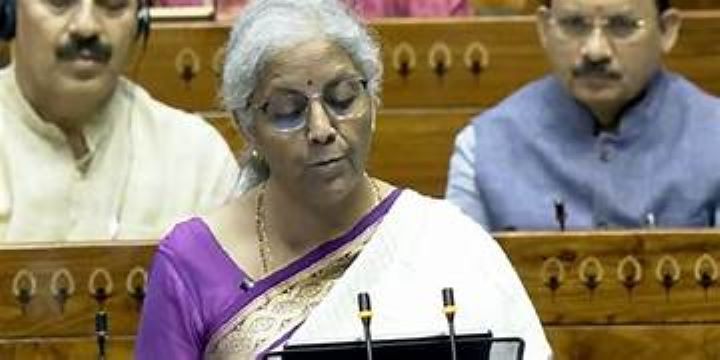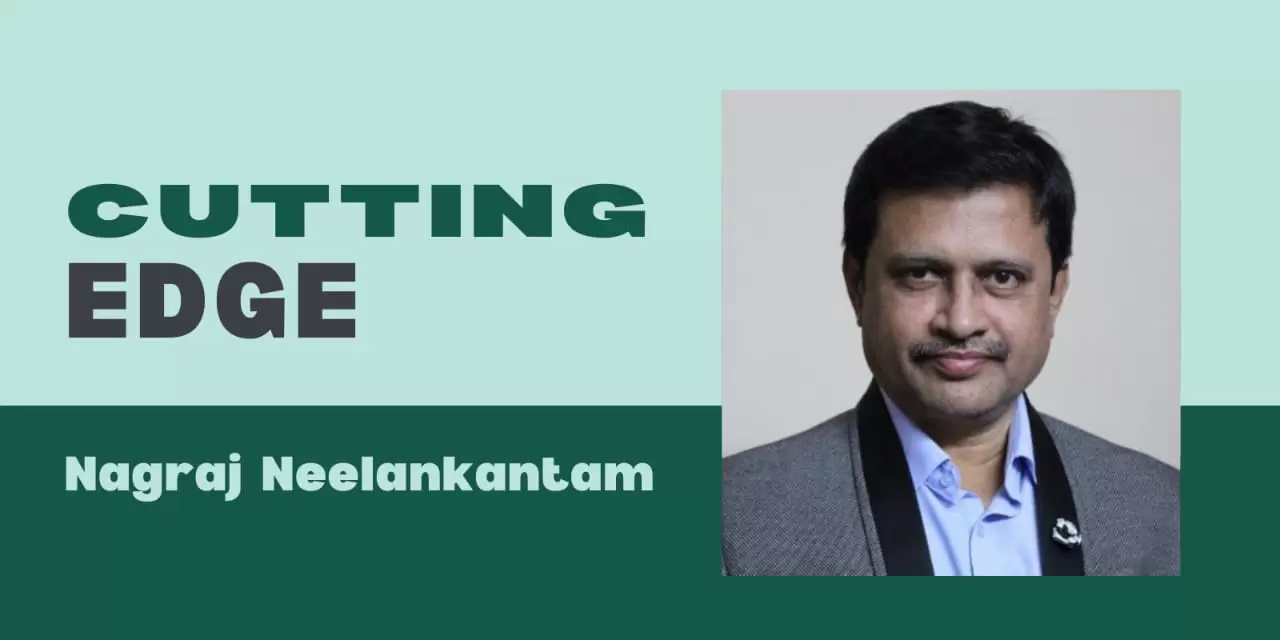New Delhi: Union Finance Minister Nirmala Sitharaman on Tuesday presented a balanced and gratitude-oriented Budget 2025 under Narendra Modi’s third term. Matching the record of Morarji Desai by presenting the Union budget for the seventh time, Sitharaman delivered crucial announcements after an embarrassing electoral loss, demonstrating resilience despite the ruling party lacking a simple majority. Last month’s voter feedback made it clear that love must precede commitment, hinting at a longer-lasting relationship with the electorate.
At the appointed hour, Sitharaman entered with confidence to unveil Budget 2025, which aimed to cater to diverse segments. She prioritized farmers, youth, MSMEs, and the middle class, announcing five new employment schemes targeting 4.1 crore youth, allocating Rs 2.66 lakh crore for rural development, Rs 3 lakh crore for women’s welfare, and Rs 1.52 lakh crore for agriculture and allied sectors.
Struggling MSMEs and the middle class were highlighted within the first ten minutes of her speech, a first in Sitharaman’s budget presentations. Amid opposition uproar, NDA’s key allies, Bihar and Andhra Pradesh, received significant attention. The FY25 budget thus embodied a sense of gratitude while looking towards the future.
Infrastructure development, access to basic services like banking, drinking water, electricity, housing, and toilets were emphasized. However, the budget also addressed the pressing issue of price rise affecting household budgets. Sitharaman made adjustments to the tax rate structure and promised further reforms post a comprehensive review of the Income Tax Act, 1961, in six months.
Budget 2025 outlined an expenditure of Rs 48.21 lakh crore, an 8% increase over FY24’s provisional estimate of Rs 44.42 lakh crore. Total receipts were projected at Rs 32.07 lakh crore, with net tax proceeds estimated at Rs 25.83 lakh crore. Gross borrowings were projected at Rs 14.01 lakh crore, slightly lower than the February interim budget.
Despite social sector allocations, capital expenditure was maintained at Rs 11.11 crore, or 3.4% of GDP. Sitharaman adhered to a market-friendly fiscal deficit of 4.9%, a move unlikely to provoke rating agencies.
Budget 2025 tackled high unemployment and laid out a blueprint for India’s transformation. While balancing market discipline with welfare generosity, Sitharaman avoided extravagant spending despite a substantial RBI dividend, demonstrating fiscal prudence.
Overall, Budget 2025 reflects a careful balance between economic discipline and voter-oriented policies, ensuring stability while addressing immediate concerns.






